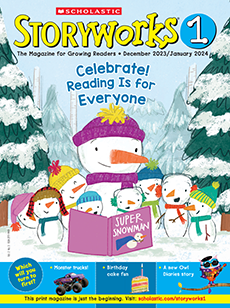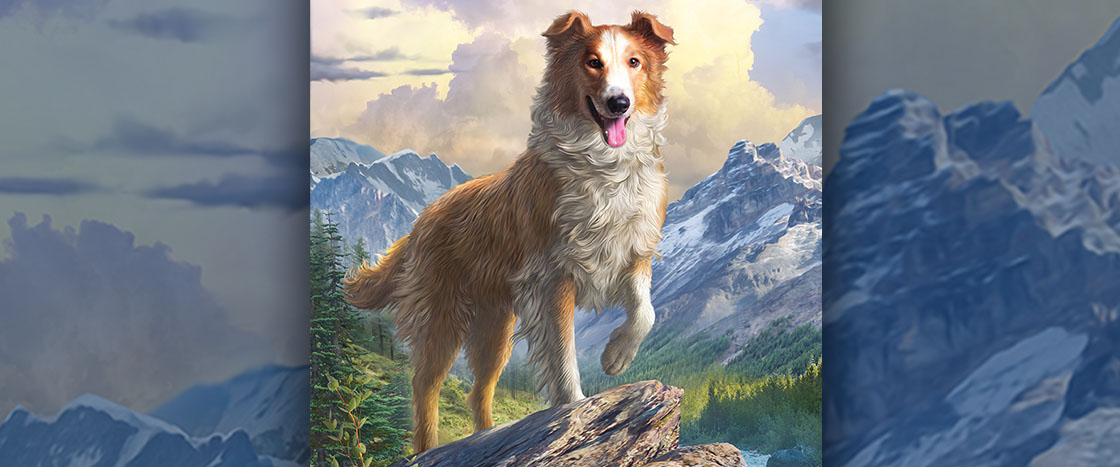A dog named Bobbie walked through the streets of a small town. He was lost, scared, and alone.
It was August 1923. A week earlier, Bobbie had set off on a trip with his owners, Frank and Elizabeth Brazier. They were driving from Oregon to Indiana to visit family.
The trip was more than 2,000 miles. Bobbie sat in the back of the car as mountains and forests sped by.
After 10 days, the Braziers made it to Indiana. But when they stopped at a gas station, a gang of scruffy dogs appeared. Growling and barking, they chased Bobbie! He ran until he was very lost.

